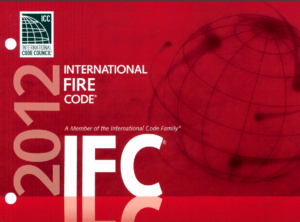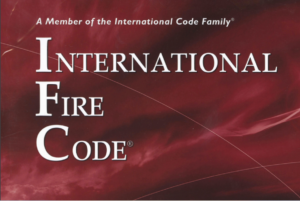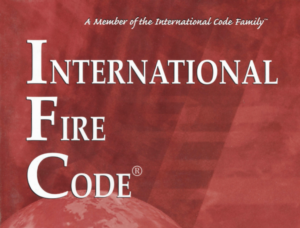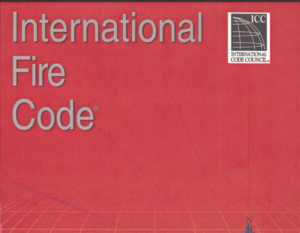The 2001 edition of NFPA 31 provides updated guidelines for the safe installation of oil-burning equipment. Recognized as an American National Standard in February 2001, this standard covers the installation of various oil-burning devices, including heating plants, burners, and space heaters, along with their accessory equipment. It focuses on ensuring safety and preventing fires and explosions associated with oil-burning installations.
NFPA 31 has evolved since its first inception in 1902, with significant revisions introduced over the decades. The 2001 edition includes major amendments like the recognition of nonmetallic fuel oil storage tanks for indoor use, specifications for the vent diameter of inside fuel oil storage tanks, and guidelines on manifolding multiple storage tanks within engineered fuel storage systems. It also introduces new chapters focusing on appliances capable of burning used oil or a combination of gaseous fuels and fuel oil.
Important changes also encompass the organization of the text to align with the NFPA Manual of Style, detailed guidance on the types of limit controls suitable for different appliances, and enhanced provisions for chimney and venting systems to accommodate high-efficiency combustion appliances. These comprehensive updates aim to improve the clarity, usability, and safety standards of the installation practices for oil-burning equipment.






